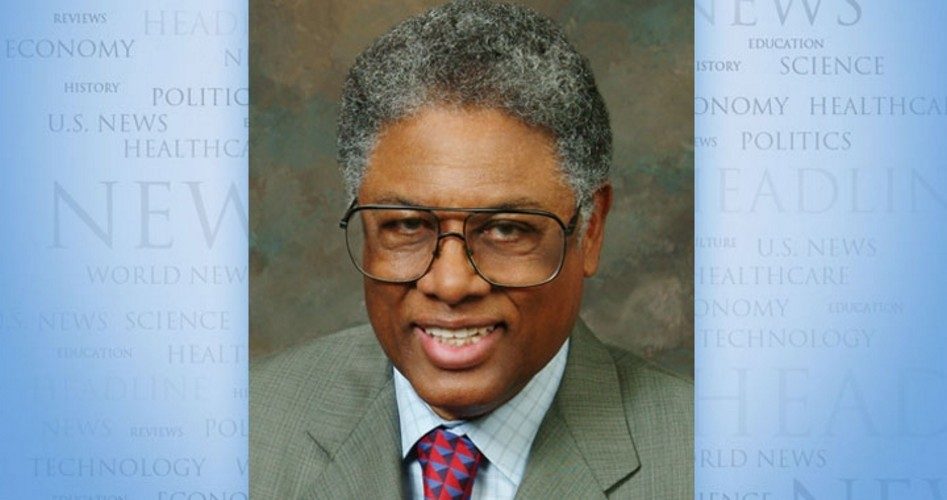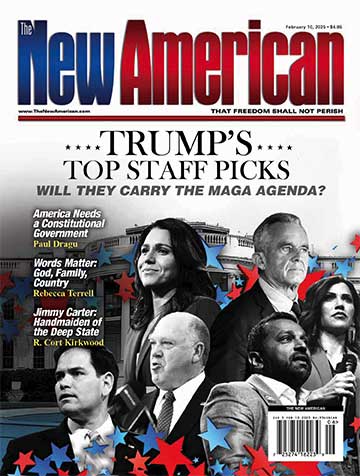
The political left has been campaigning against the use of force since at least the 18th century. So it is not surprising that they are now arguing that heavily armed or aggressive police forces only inflame protesters and thus provoke violence.
Statisticians have long warned that correlation is not causation, but they have apparently warned in vain.
There is no reason to doubt that heavily armed police in riot gear may be more likely to show up where outbreaks of violence are expected. But when violence then breaks out, does that prove that it was the appearance of the police that caused it?
I strongly suspect that people who travel with armed guards are more likely to be murdered than people who do not travel with armed guards. After all, they are not paying to have armed guards for no reason.
If so, should we conclude from a higher murder rate among people with armed guards that having armed guards increases your chances of getting murdered? Shall we also conclude from this that we the taxpayers should no longer pay to have Secret Service agents guarding our presidents?
Actually, the history of assassinations of American presidents could be cited as evidence that armed guards are correlated with higher murder rates, if we proceed to “reason” the same way the advocates of weaker police presence seem to be reasoning.
There have been 43 Presidents of the United States, of whom four — Lincoln, Garfield, McKinley and Kennedy — have been murdered. That is a murder rate of 9 percent.
If the murder rate in the general population — most of whom do not have armed guards — were 9 percent, that would mean more than 27 million Americans murdered today. We haven’t quite gotten up to a murder rate that high, even in Chicago.
Does anyone seriously believe that leaving presidents unguarded would reduce assassinations? Probably not. But this is the golden age of talking points, as distinguished from serious thinking about serious issues.
These talking points are often based on a prevailing social vision, rather than on hard facts. According to the prevailing vision, ghetto riots are due to racial injustices — and the way to deal with them is to make concessions in words and deeds, while severely restricting the use of force by the police.
Factual evidence cannot make a dent in that vision.
But, for those who are still so old-fashioned as to rely on facts, here are a few: Back in the 1960s when ghetto riots broke out in cities across the country, the region with the fewest riots was the South, where racial discrimination was greatest and police forces least likely to show restraint.
In Detroit, with a liberal mayor in the city and a liberal governor in the state, where the police were warned against shooting during the 1967 riots, there was the largest death toll of any city during any riot during that whole decade — 43 people dead, 33 of them black.
Both the New York Times and the Washington Post expressed astonishment that such a riot could occur in a city with such liberal policies. But neither of them changed its vision in response to facts which contradicted that vision.
In Chicago, there were three nights of rioting on the westside in 1966. These riots were brought to a halt with what a Chicago correspondent for the Los Angeles Times called an almost “miraculous” low death rate of two. Yet that same reporter called the use of both troops and police a “serious over-reaction.”
Any force sufficient to prevent riots from getting out of hand is almost certain to be characterized as “excessive force” or “over-reaction” by people with zero experience trying to stop riots.
During a later and larger riot in Chicago, Mayor Richard J. Daley went on television to inform all and sundry that he had given orders to his police to “shoot to kill” arsonists — provoking outraged denunciations across the country.
The number of people actually killed during that riot was less than a third of the number killed in kinder and gentler Detroit the following year, even though Chicago had a larger population.
Do you prefer that fewer people get killed or that kinder and gentler rhetoric and tactics be used?
Thomas Sowell is a senior fellow at the Hoover Institution, Stanford University, Stanford, CA 94305. His website is www.tsowell.com. To find out more about Thomas Sowell and read features by other Creators Syndicate columnists and cartoonists, visit the Creators Syndicate Web page at www.creators.com.
COPYRIGHT 2014 CREATORS.COM

